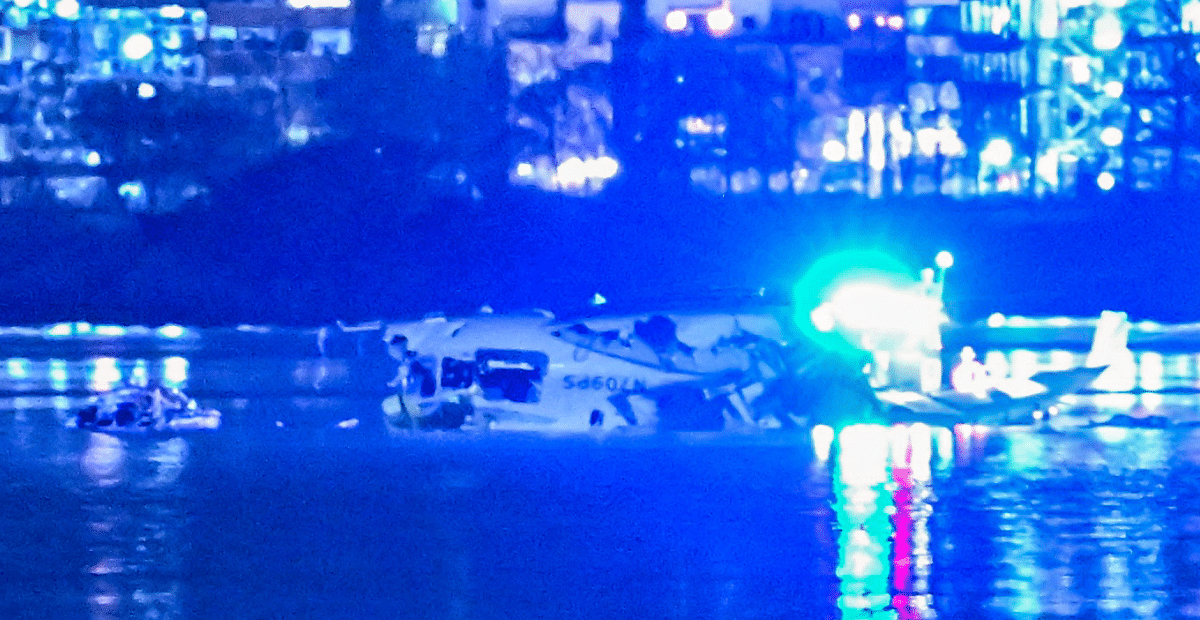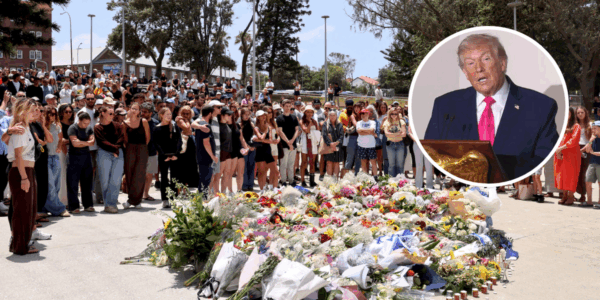Investigators Uncover New Evidence That Sheds Light On Deadly Midair Collision Over Potomac
on Feb 03, 2025

Preliminary Reports Are In After D.C. Crash
On Wednesday, January 29, a passenger plane carrying 64 people collided with an Army helicopter over the Potomac River, resulting in the tragic loss of 67 lives.
As details emerged about this incident, it was revealed that the flight was transporting men returning from a hunting trip, along with U.S. figure skaters and, on the Army helicopter, crew chief Ryan O’Hara.
The devastating event left the public questioning how a crash like that could have occurred.
What Happened During The Deadly Plane Crash?
Preliminary reports indicate a potential problem that could have contributed to the fatal crash. According to initial flight data, there were conflicting altitude readings between the Army helicopter and the passenger jet.
The maximum allowed altitude for a Black Hawk helicopter is 200 feet. On the night of the incident, the crew recorded the helicopter at this altitude.
In contrast, data from the passenger jet’s flight recorder indicated that it was flying at a height of 325 feet, plus or minus 25 feet.
This reveals a discrepancy of approximately 100 feet between the two aircraft.
The National Transportation Safety Board (NTSB), which is investigating the collision, is examining these altitude discrepancies to understand what may have caused the crash.
According to NPR, representatives from the National Transportation Safety Board said the helicopter was on a training mission and that they could have been flying higher than they were supposed to.
This could explain why the crash happened.
According to the investigators, another potential reason for the crash is that the Army is unsure if the helicopter crew was wearing night vision goggles. These are normally worn during training exercises like the one the helicopter ran on Wednesday the 29th.
NTSB is also working to retrieve data from the helicopter’s black box.
Since both the helicopter and passenger aircraft crashed into the Potomac, investigators now face a delay due to the black box being waterlogged.
This tragic event aligns with the sentiments expressed by Captain Sully Sullenberger, who remarked:
“We have to realize how many things have to go right every day for us to have this now ultra-safe transportation industry. Any lapse could potentially be fatal, even though we have a lot of safety layers in there. If all the dominos line up in the wrong way, we can have, on rare occasions, a catastrophic event.”
The National Transportation Safety Board Shares Frustrations During Investigation
Brice Banning, the NTSB investigator in charge, said, “This is a complex investigation. There are a lot of pieces here. Our team is working hard to gather this data.”
NTSB member Todd Inman spoke to reporters and expressed his frustration. He shared that the board has made “several hundred” recommendations that have not been implemented.
He said, “You want to do something about it? Adopt the recommendation of the NTSB. You’ll save lives. I don’t want to have to meet with those parents like that again.”
If you would like to support the families of the victims of this tragedy, you can here.












